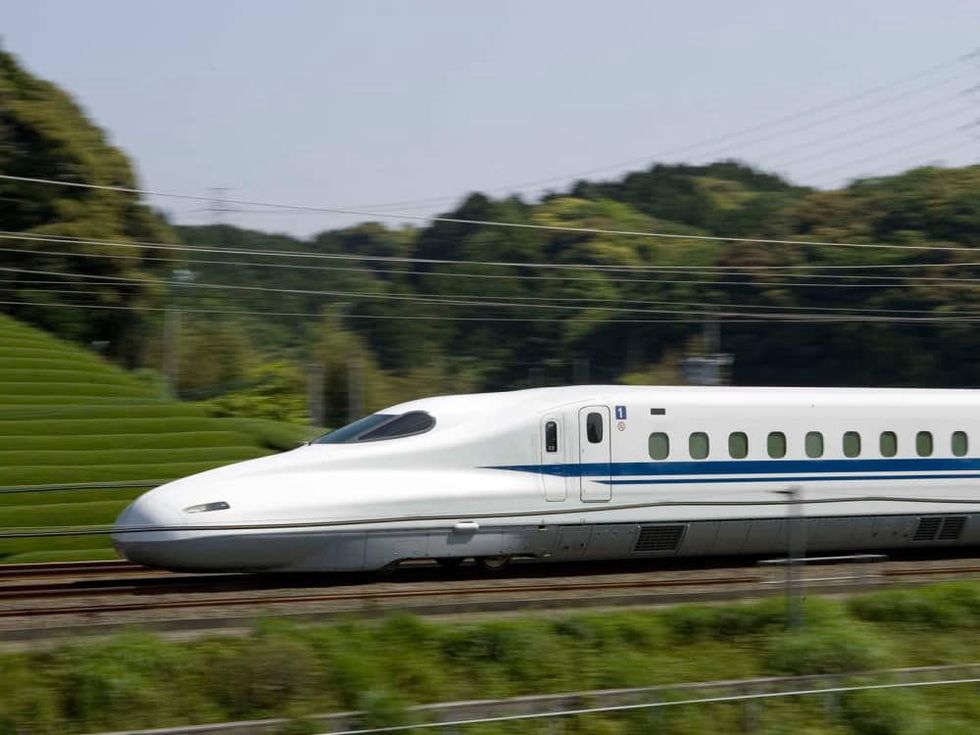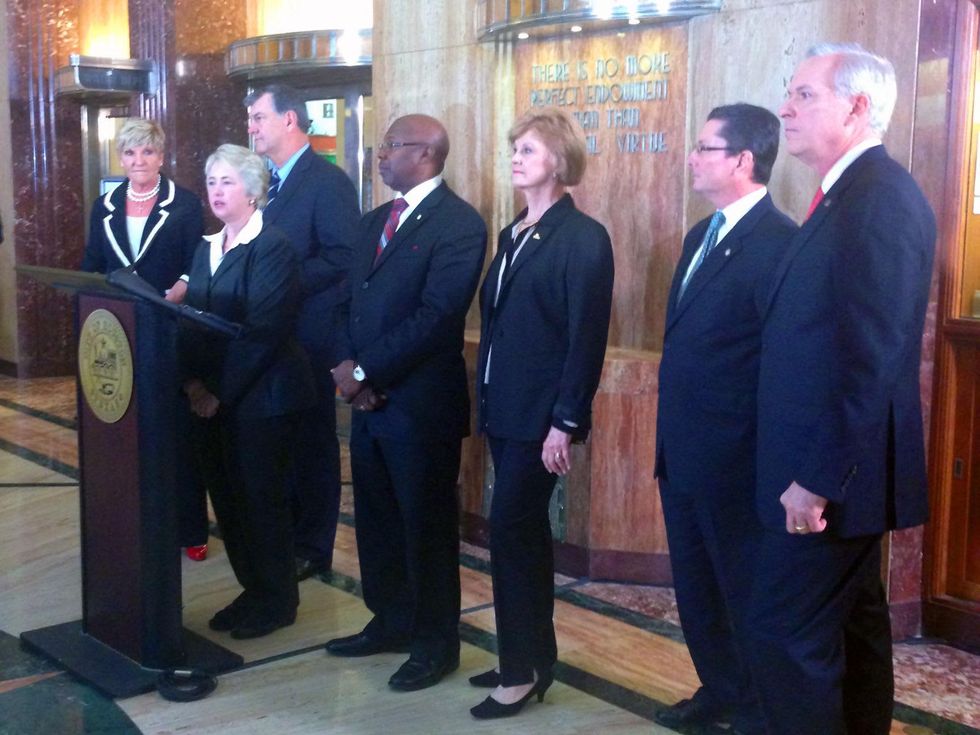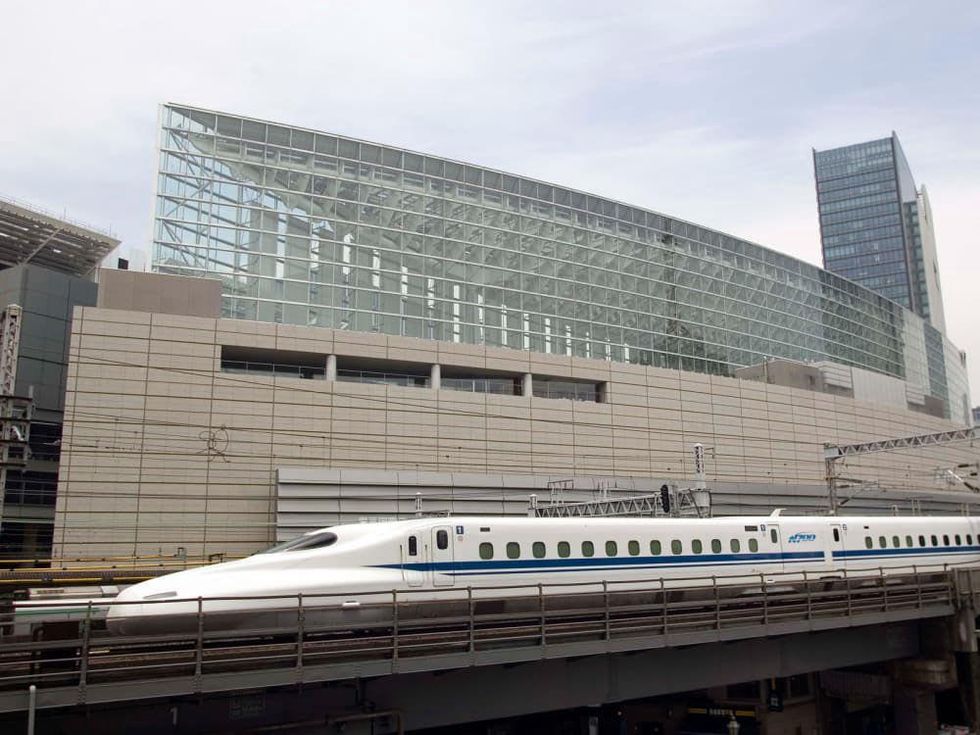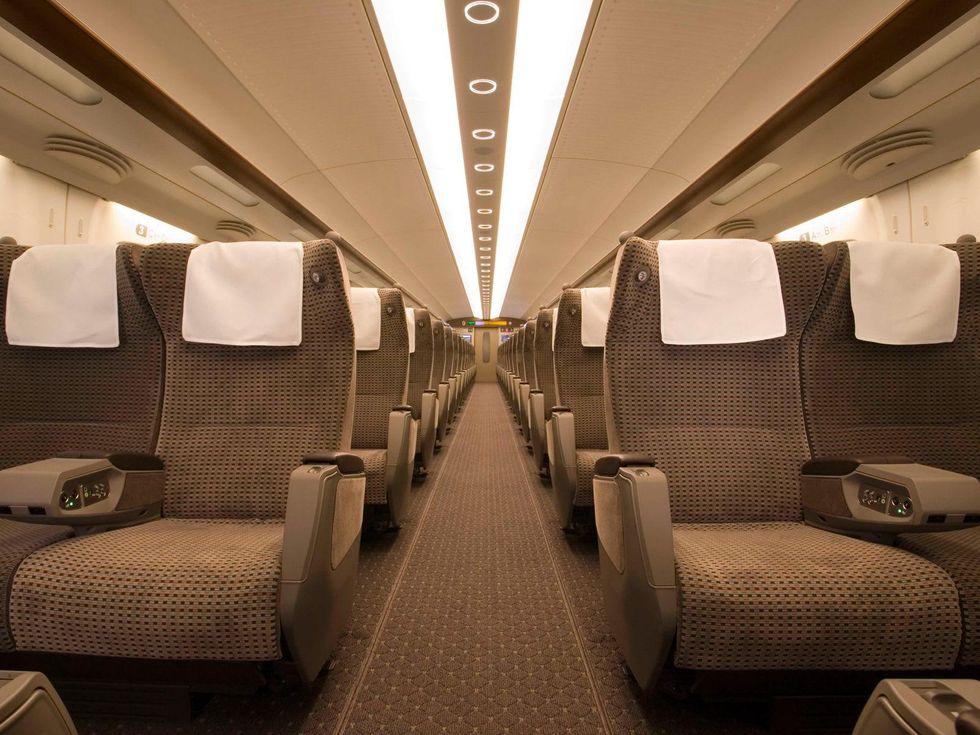Bullet Train Project Gains Traction
High-speed bullet train between Dallas and Houston gains major allies
The much-discussed, never-yet-realized high-speed train between Houston and Dallas suddenly has some powerful political backers.
In a joint press conference, Dallas Mayor Mike Rawlings, Fort Worth Mayor Betsy Price and Houston Mayor Annise Parker talked up the Texas Central Railway — a proposed high-speed train connecting the Houston and Dallas-Fort Worth areas — moving into the next phase. The March 27 press event marked the first time all three mayors have collectively backed the privately funded project.
"Not only will high-speed rail significantly reduce travel times and traffic congestion for Dallas and Houston area residents," said Mayor Rawlings, "but it will also create new, high-paying jobs and stimulate economic growth."
The new train would effectively connect the two largest metro regions in the state and the two of the fastest growing regions in America.
The Dallas-Houston rail, with its visions of being completed by 2021, is part of the U.S. High Speed Rail Association's proposed 14,000-mile, high-speed rail system that would connect dozens of the nation's major cities.
"Picture yourself in 2021, making the decision how to best get from Houston to the DFW area and having choices," Parker said. "You can take your personal vehicle, you could jump on a plane — airport-to-airport — or you could jump on a high-speed train that could get you there in 90 minutes."
The appeal of such a train is simple, and the demand is certainly there. The new train would effectively connect the two largest metro regions in the state — making up more than 50 percent of the state's population — and the two of the fastest growing regions in America.
Similarly, Parker referenced a study that found there are more than 50,000 "super commuters" who travel between Houston and Dallas more than once a week.
"If you're commuting once a week from Houston to Dallas," Parker said, "wouldn't you rather be able to jump on a train and work on something else while you're making that commute?"
For many, the answer is easy, especially considering that mounting traffic issues have caused travel time between the two cities to sometimes increase to as much as six-and-a-half hours.
Those bullet trains
Texas Central Railway wants to use the N700-I Bullet train system, the same one used by the Central Japan Railway Company on the line between Tokyo and Osaka, a line which handles more than 300 trains and 390,000 passengers daily. Parker says the train — capable of moving at 205 miles per hour — would be competitive with other modes of transportation in terms of speed, convenience and price.
So what exactly is happening now?
"We're moving from general discussions to the formal EIS [Environmental Impact Statement] process and, with the Federal Railroad Administration, the formal safety standards process," Parker said.
Texas Central Railway has been working on the project for the past three years, but now that they are seeking federal approval, the process is becoming public.
The project is finally moving forward with the EIS process, a necessary step for any project that could significantly affect the quality of the environment. The formal environmental study will help identify a preferred route and potential stops, although stops are expected to be minimal to prevent lengthening travel time.
At the press conference, Parker highlighted the prevalence of high-speed rail systems throughout Europe — and the surprising lack of them in the United States. When it comes to the formal safety standards process, things are a bit complicated. With no high-speed rail systems currently running, it means there are no existing federal regulations.
There are many steps that must be taken in order to achieve the proposed 2021 opening of the rail system. The EIS and safety standards processes are just the beginning, and they are expected to take about two years. The hope is that construction will begin in 2016.
Although the Texas Central Railway plans are currently in motion, this isn't the first time a high-speed rail has been proposed in Texas. In the 1990s, a group pushed for such rail but encountered serious opposition from major transportation players like Dallas-based Southwest Airlines, ultimately leading to the failure of the project.
Texas Central Railway officials told the Dallas Morning News that Southwest has remained relatively quiet about the latest plans for the proposed high-speed train.




